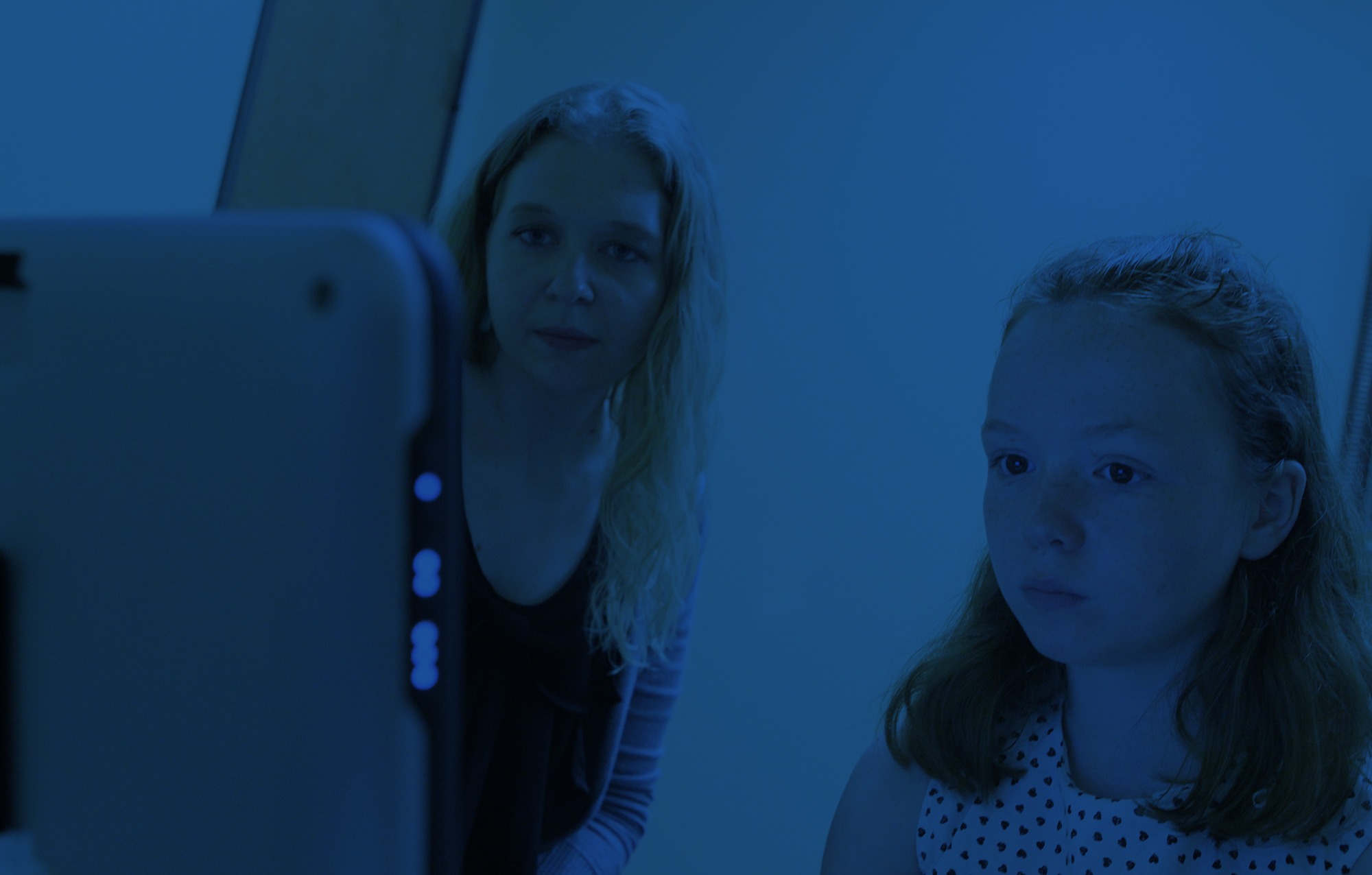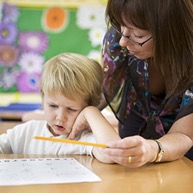 Does your child struggle in school, especially in learning how to read or to write? Or have you ever seen someone run for a ball in an attempt to catch it, but run into another player instead? Do you think that just because your child passed his vision screen at school, his eyes are in good shape for successful academics and school performance?
Does your child struggle in school, especially in learning how to read or to write? Or have you ever seen someone run for a ball in an attempt to catch it, but run into another player instead? Do you think that just because your child passed his vision screen at school, his eyes are in good shape for successful academics and school performance?
Functional vision is a large part of a child’s development, and problems caused by challenges in this area can be easily missed when you don’t know what to look for, especially when it comes to why your child might be struggling in school.
So, how can functional vision affect your child and his or her ability to learn? Besides the obvious benefit of being able to see, good functional vision is essential in order for a child to be able to learn effectively. Functional vision problems are real and can affect both children and adults in a variety of ways.
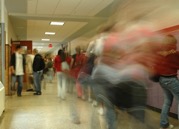 It is estimated that one in four children have functional vision challenges that can lead to problems in learning, academics and motor performance. These challenges can be caused by a number of different things, including underlying sensory integration dysfunction, developmental delays, head trauma and concussion, congenital issues (like strabismus and “lazy eye”), and more.
It is estimated that one in four children have functional vision challenges that can lead to problems in learning, academics and motor performance. These challenges can be caused by a number of different things, including underlying sensory integration dysfunction, developmental delays, head trauma and concussion, congenital issues (like strabismus and “lazy eye”), and more.
When left untreated, vision deficits causing functional impairment can lead to problems learning, which can be a nightmare for children and their parents. Problems in this area can also cause headaches, eyestrain, double vision and even perceptual vision deficits, setting an individual up for reading challenges, trouble concentrating and even an increased risk of injury.
 Functional vision is different from visual acuity in that it involves the process of using visual information in a functional task (like reading, driving a car and/or playing sports). Visual acuity refers to how an individual is able to discern the details of objects seen (like seeing the letters on an eye chart). This is what is measured by an eye doctor, school nurse or pediatrician during a vision screen, in order to assess if a child can see an object or not, but even kids with 20/20 vision can have impaired functional vision. Functional vision refers to the process of how our whole visual system works together in conjunction with our brain and body.
Functional vision is different from visual acuity in that it involves the process of using visual information in a functional task (like reading, driving a car and/or playing sports). Visual acuity refers to how an individual is able to discern the details of objects seen (like seeing the letters on an eye chart). This is what is measured by an eye doctor, school nurse or pediatrician during a vision screen, in order to assess if a child can see an object or not, but even kids with 20/20 vision can have impaired functional vision. Functional vision refers to the process of how our whole visual system works together in conjunction with our brain and body.
It is the process that facilitates our interactions and reactions in our visual world and allows us to make sense of where an object is in space. Without functional vision, we would have a hard time gauging the distance of an object coming towards us in order to coordinate motor function with that information (like catching or kicking a ball successfully) and/or getting out of the way of an object rapidly approaching you (like an unexpected vehicle).
Functional vision also facilitates accurate reading, writing and interpretation of the written word. Without it, words are missed, lines are skipped, and the process of reading and writing can become laborious for the young child.
Depending on the underlying problems diagnosed during a typical vision examination by an ophthalmologist or optometrist, the most common treatment options for the problems identified include prescribing eyeglasses, contact lenses, medication and sometimes even surgery.
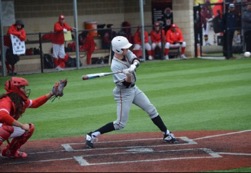 Functional vision issues are typically identified by a specialist involved in developmental pediatrics or neurorehabilitation. This could be a developmental ophthalmologist or vision specialist. It could also be a physical or occupational therapist, concussion specialist, or a learning or reading coach trained in functional vision and learning differences.
Functional vision issues are typically identified by a specialist involved in developmental pediatrics or neurorehabilitation. This could be a developmental ophthalmologist or vision specialist. It could also be a physical or occupational therapist, concussion specialist, or a learning or reading coach trained in functional vision and learning differences.
What is Vision Therapy and How Can it Help?
The treatment for functional vision challenges will most often include a combination of occupational and/or physical therapy utilizing a sensory integration approach, along with Vision Therapy supervised by a developmental ophthalmologist. The treatment and recommendations for visual support will depend on the age and function of the individual.
Vision Therapy (VT), also known as vision training or visual therapy, is basically physical therapy for the brain and eyes. It uses specific exercises and activities to address visual tracking challenges, peripheral vision deficits, visual perception challenges and other visual issues.
A physical or occupational therapist who is trained specifically in functional vision can be of significant benefit to the child struggling with these challenges. Vision Therapy is a customized, individualized and nonsurgical treatment method for treating the following issues:
- Problems with visual tracking interfering with the ability to read smoothly and not lose your place on the page. Poor visual tracking can also affect your ability to coordinate larger muscle groups with your eyes in order to hit a baseball or catch a frisbee in the air.
- Poor body awareness manifested in the appearance of clumsiness or “invading someone else’s space” without being aware of it. These same kids can look like they are having trouble sitting still or paying attention.
- Convergence disorders caused by weak eye muscles and/or binocular vision problems (like convergence insufficiency) and even in some cases, strabismus. This can cause the child to experience double vision or poor depth perception, setting them up for obvious difficulties.
- They may have trouble telling left from right, causing problems in directionality. This can show up in writing as well, with a child confusing the direction of certain letters (like “b” and “d”), despite lots of practice.
- Trouble discriminating subtle differences between different object or words. You might imagine how difficult this could be when trying to learn how to read.
- Poor readers who take a long time to read or who have trouble comprehending what they are reading may only be able to process one word at a time. They will often give up on reading early due to the extreme effort.
- Individuals who are challenged by spelling and math may also be a problem. Processing math and learning to spell require the individual to visualize an image in their brain before they can re-create it on paper. If you can’t see a word in your mind, it is hard to recreate it on paper.
There are some obvious goals & benefits of Vision Therapy may include:
- Improved and more comfortable vision efficiency.
- Improved interpretation and perception of the world around you, allowing you to feel more comfortable in your skin, relate to others more effectively and learn effectively.
- Improved functional visual skills (reading, writing, coordinating motor activities with the eyes).
- Improved memory, attention and reduced foggy thinking.
- Reduction of eye strain.
- Visual system correctness.
- Reduction of headaches and improvement of mental clarity.
- Improvement in visual comfort, efficiency and ease.
- Positive change in how a child interprets or processes visual information.
- In some cases, it can even make a difference in the treatment of what we used to think were “uncorrectable” vision problems.
What does Vision Therapy look like?
Vision Therapy comprises progressive vision exercises that treat disorders of vergence, accommodation and eye movements. It is more than just an eye exercise and it is not as easy as wearing a new pair of glasses. It is physical therapy for the eyes, paired with the part of the brain that coordinates vision.
The goal is to improve the entire visual system and the processing of that information, so that the person ultimately experiences better function.
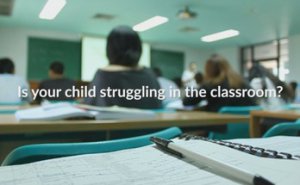 Vision Therapy is performed by a therapist with additional training specifically in functional vision and is typically done under the guidance of a specialized physician or optometric vision care professional. This may be done in a specialized pediatric or concussion clinic, or in the ophthalmologist office.
Vision Therapy is performed by a therapist with additional training specifically in functional vision and is typically done under the guidance of a specialized physician or optometric vision care professional. This may be done in a specialized pediatric or concussion clinic, or in the ophthalmologist office.
It typically includes a program of progressive eye exercises that are supervised in the clinic setting at least one to two times a week, depending on the person’s needs. All programs should be individualized, since we are all different with our own unique needs. There are no “cookie cutter” approaches that can be used!
For more complicated patients, the therapy may require direct physician supervision in the ophthalmologist office. Occasionally other equipment like corrective lenses, therapeutic lenses, prism lenses, optical filters and other more specific equipment may be required.
The RightEye System
Many visual therapists also rely on the use of the RightEye system, a specialized eye tracking solution approved by the FDA. This system is used for viewing, recording and analyzing eye movements to identify visual tracking impairment and function.
The RightEye is a non-invasive test that provides therapists with accurate information on areas that include brain health, functional vision screening, sports vision assessment and training, and reading assessment.
It can also provide valuable information to the parents who are attempting to understand what is going on with their child. The patterns observed from the system determine if the vision therapist will treat the patient or refer them to a developmental ophthalmologist or optometrist.
Numerous studies abound on the effectiveness of visual therapy in both children and adults. They demonstrate the improvement of visual functions in patients for a better educational experience and quality of life.
Recent findings show that the human brain is neuroplastic, which is what allows it to respond to and change its function and structure in response to external stimuli. If you suspect your child may have any of these issues, finding the right ophthalmologist or therapist can be a key piece in getting them help. It will be worth it!!!


